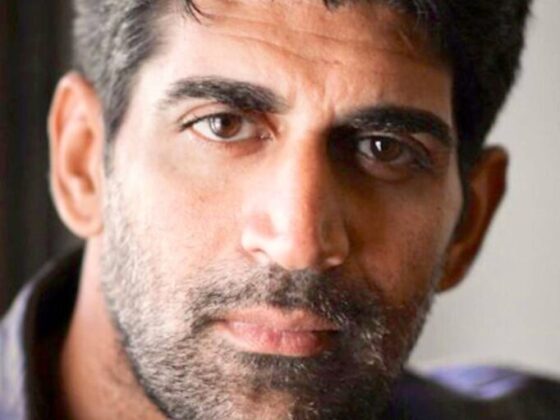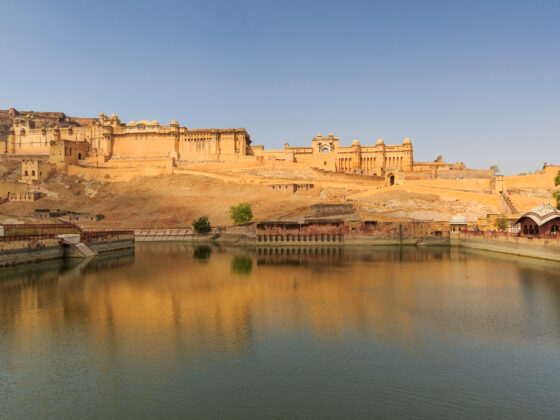Nizam Mir Osman Ali Khan: The Richest King of His Time

Introduction
Nizam Mir Osman Ali Khan, the last ruler of the princely state of Hyderabad, was one of the wealthiest monarchs in history. His reign (1911–1948) marked an era of opulence, philanthropy, and significant contributions to infrastructure, education, and culture. Known for his staggering fortune, he was once listed as the richest man in the world by Time magazine in 1937. His legacy continues to be a subject of intrigue, reflecting both grandeur and controversy.
The Rise of Mir Osman Ali Khan
Born on April 6, 1886, Mir Osman Ali Khan ascended to the throne as the seventh Nizam of Hyderabad after the death of his father, Mahbub Ali Khan. His rule lasted for nearly four decades, making him one of the longest-serving rulers of Hyderabad.
Hyderabad Under His Rule
During his reign, the Nizam transformed Hyderabad into a modern city, ensuring that it had advanced infrastructure, including roads, electricity, and public institutions. Some of his notable contributions include:
- Osmania University – Established in 1918, it became one of India’s premier institutions.
- Osmania General Hospital – A state-of-the-art medical facility of its time.
- Railway Expansion – The Hyderabad State Railway saw immense development.
- Irrigation Projects – Several reservoirs and water supply systems, including the famous Himayat Sagar and Osman Sagar, were built to prevent floods and ensure water supply.
Unimaginable Wealth: The Richest King of His Era
Nizam Mir Osman Ali Khan’s immense wealth made him a global figure of fascination. His fortune was estimated to be around $2 billion (in 1940s value), which would translate to over $230 billion today, making him richer than many modern billionaires.
Possessions and Jewels
- Golconda Diamonds – The Nizam owned some of the world’s most valuable diamonds, including the Jacob Diamond, a 185-carat gem used as a paperweight.
- Gold Reserves – It is believed that his treasury contained tons of gold and countless jewels.
- Palaces & Estates – He owned over 50 palaces across India, including the grand Falaknuma Palace and Chowmahalla Palace.
- Lavish Gifts – His opulent lifestyle included gifting Rolls-Royce cars to his officials and possessing a fleet of luxury vehicles.
Philanthropy and Social Contributions
Despite his immense wealth, the Nizam was known for his simple lifestyle and generosity. His philanthropic efforts included:
- Funding Aligarh Muslim University – He was one of its largest donors.
- Financial Aid to Britain – During World War II, he donated £1 million to the British government, making him one of the biggest contributors to the war effort.
- Support for Education and Healthcare – He established several hospitals, schools, and research institutions.
Political Challenges and The Annexation of Hyderabad
While the Nizam’s rule was marked by prosperity, political tensions arose with India’s independence in 1947. Unlike other princely states that joined India, the Nizam initially refused to accede to the Indian Union, seeking either independence or a pact with Pakistan. However, in Operation Polo (1948), the Indian Army annexed Hyderabad, bringing the princely state under Indian control.
Life After Annexation
Following the annexation, the Nizam was made the Rajpramukh (Governor) of Hyderabad until 1956. Although his power diminished, he continued to be respected for his contributions and was recognized with a Privy Purse by the Indian government until it was abolished in 1971.
Legacy of Nizam Mir Osman Ali Khan
Today, the Nizam’s legacy is remembered in various ways:
- Hyderabad’s Modern Infrastructure – Many of his contributions continue to serve the city’s development.
- His Family and Descendants – His successors still hold significant historical importance.
- His Jewelry Collection – The Government of India acquired a part of his legendary jewelry collection, now displayed at the Salar Jung Museum.
Conclusion
Nizam Mir Osman Ali Khan was not just a ruler but a phenomenon in the pages of history. His reign saw an extraordinary combination of wealth, development, and philanthropy. Despite the political upheavals he faced, his contributions to education, healthcare, and Hyderabad’s progress remain unparalleled. His life continues to be a source of fascination, a testament to one of the grandest eras of princely India.







